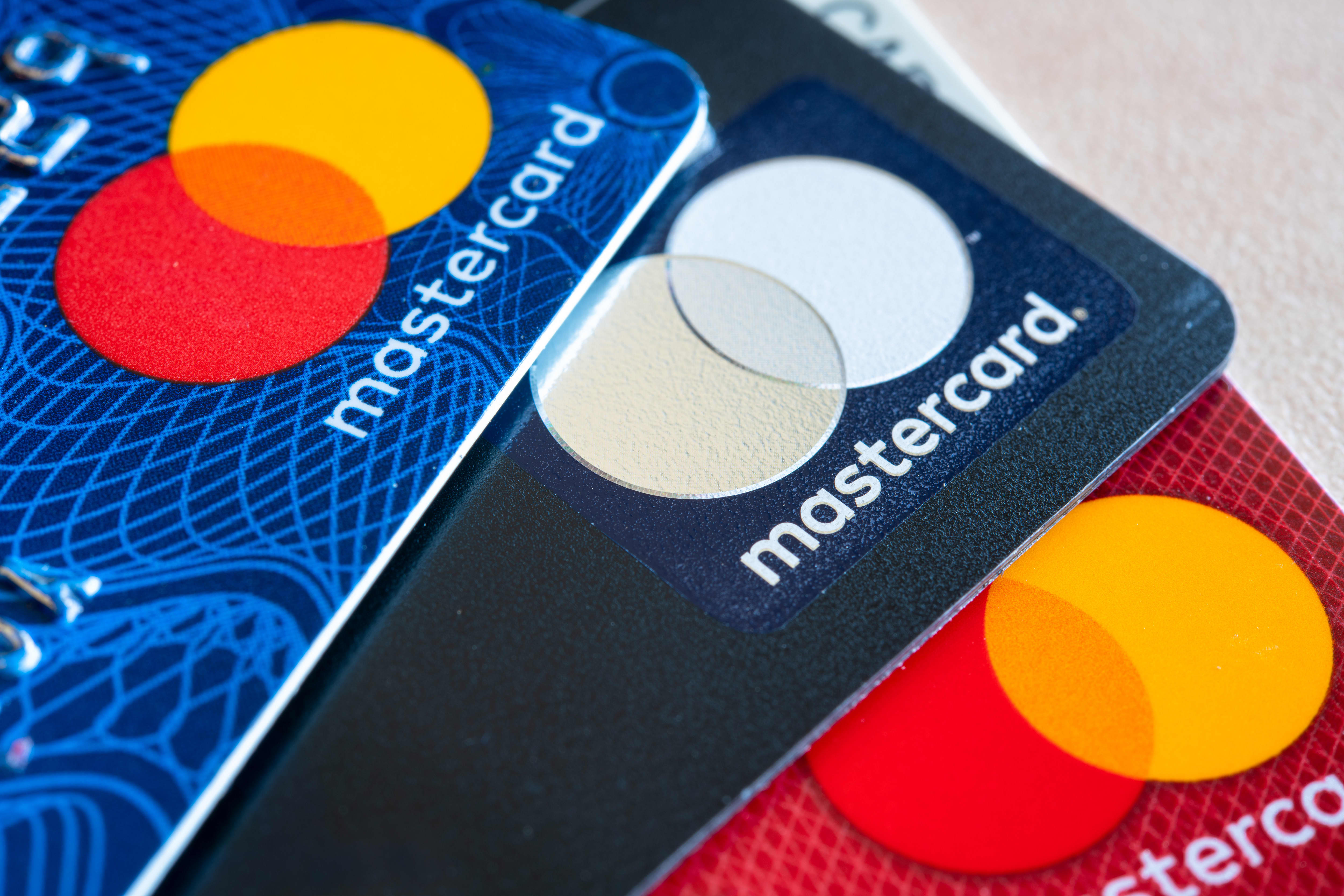Starting from 2030, Mastercard will no longer require Europeans to enter their card numbers manually when checking out online – no matter what platform or device they’re using. Mastercard will announce Tuesday in a fireside chat with CNBC that, by 2030, all cards it issues on its network in Europe will be tokenized. In other words, instead of the 16-digit card number we’re all accustomed to using for transactions, this will be replaced with a randomly generated “token.”
The firm says it’s been working with banks, fintechs, merchants and other partners to phase out manual card entry for e-commerce by 2030 in Europe, in favor of a one-click button across all online platforms. This will ensure that consumers’ cards are secure against fraud attempts, Mastercard says. Users won’t have to keep entering passwords every time they try to make a payment, as Mastercard is introducing passkeys that replace passwords.



Yeah, I’m not giving them biometrics. There had better be an alternative option.
The first thing I thought was “what’s the alternative?” If I don’t do biometrics on my phone then why would I do it for my credit card? I’m American so I don’t have to worry about this yet but it’s probably an indicator of what’s coming here.
It’d be cool if they had a yubikey integration or some other hardware based solution where you must physically present it.
I might be wrong, but I think they will probably let the OS handle the biometrics offline, which means that they won’t have access to your biometrics, they just work with cryptographic keys. Otherwise it doesn’t make sense, as apps usually don’t have direct access to the fingerprint reader. It will probably be similar to how a passkey works.